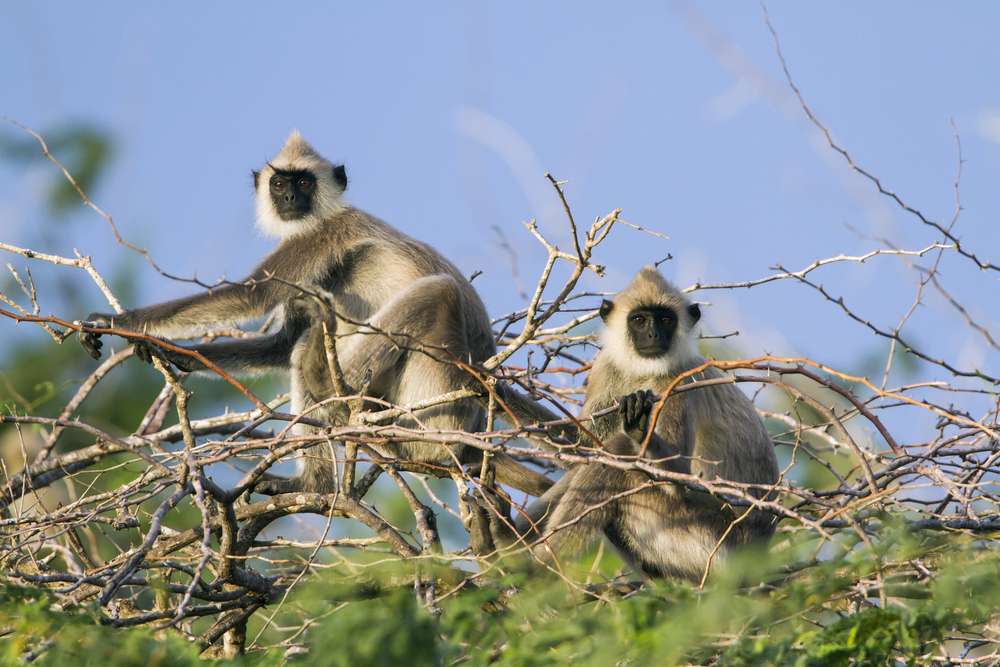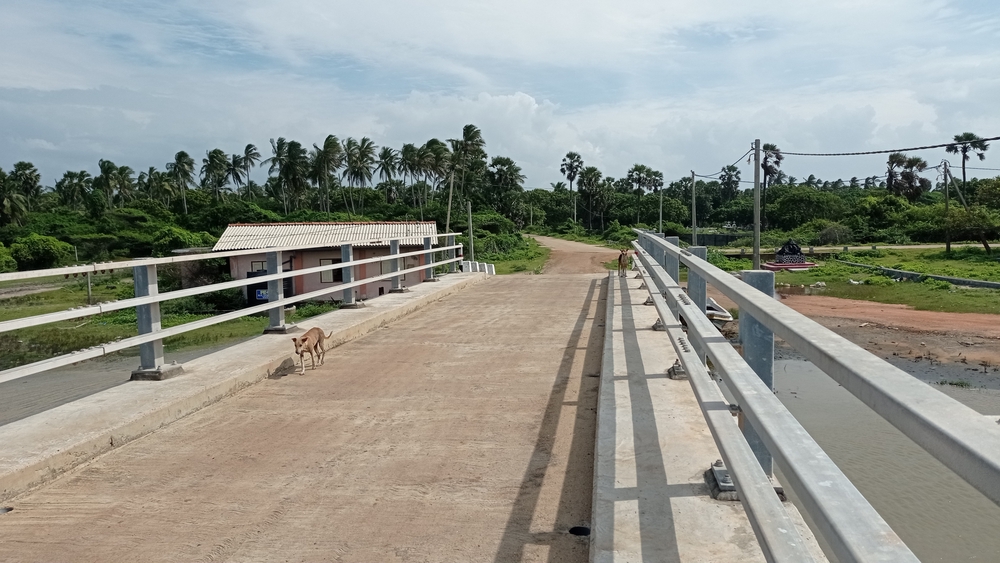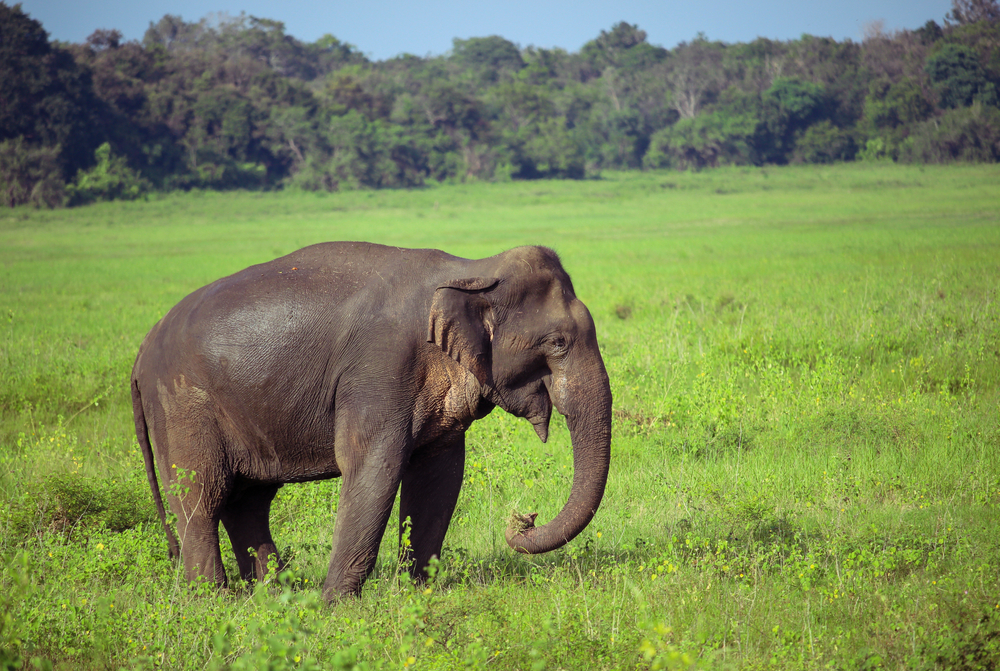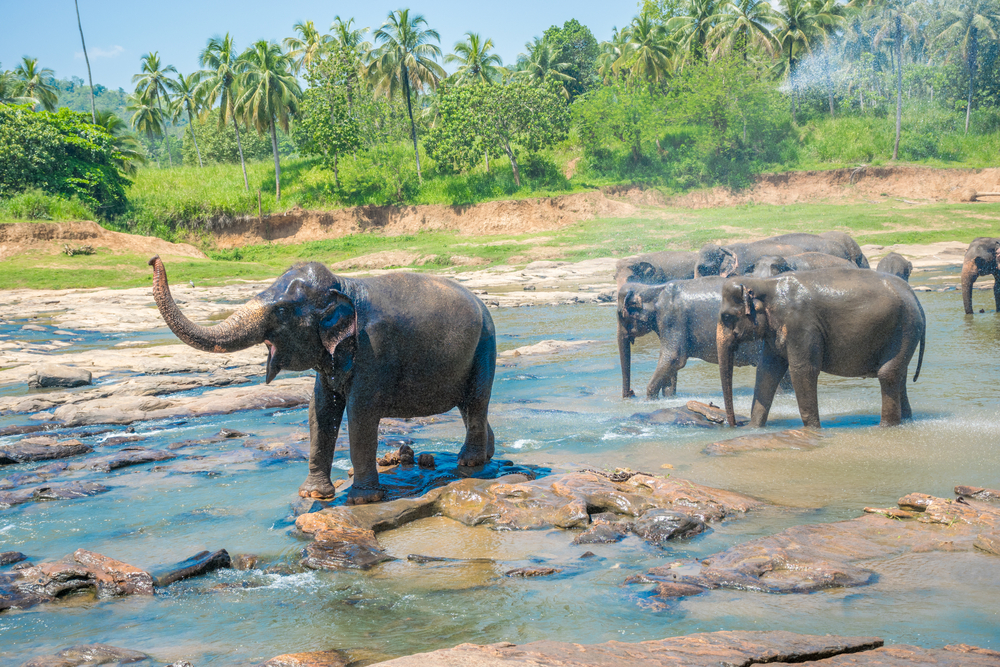Bundala Overview
Bundala National Park, known locally as බුන්දල ජාතික උද්යානය (Bundala Jathika Udyanaya), is a haven for biodiversity and one of Sri Lanka’s most cherished natural treasures. Spanning approximately 23 square miles (59 square kilometers), this coastal park lies in the southeastern part of the country, near the town of Hambantota. Recognized as a Ramsar Wetland of International Importance, Bundala is celebrated for its diverse ecosystems, ranging from lagoons and sand dunes to thorny scrublands and mangrove forests. The park’s terrain is an intricate tapestry of wetlands, shallow lagoons like Bundala Lagoon, and patches of dry scrub vegetation, all set against the backdrop of the Indian Ocean. The shimmering saltpans add a surreal quality to the landscape, making it as picturesque as it is ecologically significant.
Bundala National Park is a sanctuary for wildlife enthusiasts, particularly birdwatchers. It hosts over 200 bird species, including migratory birds that journey thousands of miles to winter here. Notable avian residents include the flamboyant greater flamingos, which arrive in large flocks, Eurasian spoonbills, and the elusive painted storks. Mammals also abound, with Sri Lankan elephants occasionally roaming the area, along with golden jackals, spotted deer, and toque macaques. The park’s wetlands are alive with the activity of water monitors and estuarine crocodiles, while its skies often feature soaring Brahminy kites and white-bellied sea eagles.
Visitors are drawn to Bundala not only for its rich wildlife but also for its tranquil ambiance. The lagoons, particularly in the early morning or late afternoon, provide breathtaking reflections of the surrounding vegetation and birds in flight. Popular activities include jeep safaris, which allow visitors to traverse the park’s rugged paths and get up close to its natural wonders. For those interested in a more intimate exploration, guided walks along designated trails offer opportunities to immerse oneself in the unique ecosystem. Bundala’s serene beaches, though not suitable for swimming, are ideal for quiet reflection and spotting marine life such as sea turtles that nest along the shores.
The park has seen notable successes in conservation, particularly in its designation as a Ramsar site and a UNESCO Biosphere Reserve, which underscores its global ecological importance. However, challenges persist, such as the impacts of encroachment, illegal fishing, and climate change, which threaten its delicate ecosystems. Efforts by the Department of Wildlife Conservation, alongside international partnerships, have helped manage these challenges through habitat restoration and community-based conservation programs. These initiatives aim to ensure that Bundala remains a thriving sanctuary for generations to come.













































































